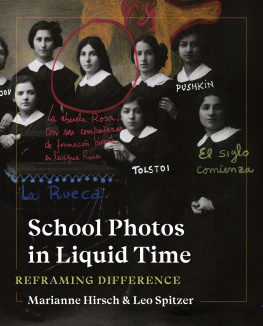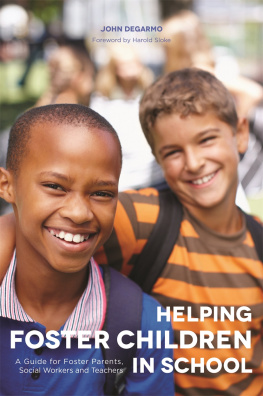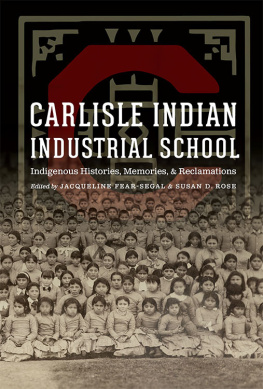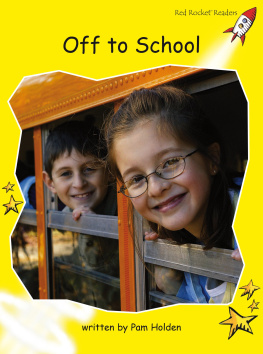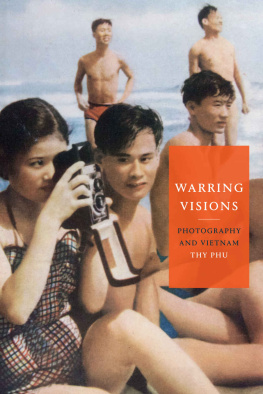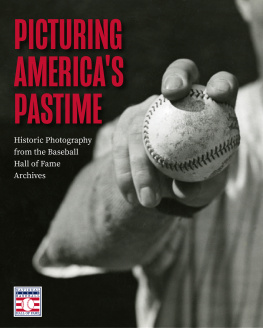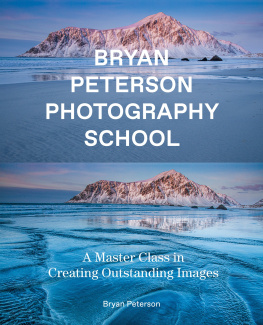SCHOOL PHOTOS IN LIQUID TIME
THE SAMUEL & ALTHEA STROUM LECTURES IN JEWISH STUDIES
Samuel Stroum, businessman, community leader, and philanthropist, by a major gift to the Jewish Federation of Greater Seattle, established the Samuel and Althea Stroum Philanthropic Fund.
In recognition of Mr. and Mrs. Stroums deep interest in Jewish history and culture, the Board of Directors of the Jewish Federation of Greater Seattle, in cooperation with the Jewish Studies Program at the University of Washington, established an annual lectureship at the University of Washington known as the Samuel and Althea Stroum Lectureship in Jewish Studies. This lectureship makes it possible to bring to the area outstanding scholars and interpreters of Jewish thought, thus promoting a deeper understanding of Jewish history, religion, and culture. Such understanding can lead to an enhanced appreciation of the Jewish contributions to the historical and cultural traditions that have shaped the American nation.
The terms of the gift also provide for the publication from time to time of the lectures or other appropriate materials resulting from or related to the lectures.
School Photos
in Liquid Time
REFRAMING DIFFERENCE
Marianne Hirsch
Leo Spitzer
UNIVERSITY OF WASHINGTON PRESS
Seattle
School Photos in Liquid Time was made possible in part by grants from the Samuel and Althea Stroum Endowed Book Fund and the Capell Family Endowed Book Fund, which supports the publication of books that deepen our understanding of social justice through historical, cultural, and environmental studies.
Copyright 2020 by the University of Washington Press
Printed and bound in the United States of America
Design by Katrina Noble
Composed in NCT Granite, typeface designed by Nathan Zimet
Cover illustration: Marcelo Brodsky, La Rueca (The Spinning Wheel), 2017.
(Courtesy of the artist)
24 23 22 21 205 4 3 2 1
All rights reserved. No part of this publication may be reproduced or transmitted in any form or by any means, electronic or mechanical, including photocopy, recording, or any information storage or retrieval system, without permission in writing from the publisher.
UNIVERSITY OF WASHINGTON PRESS
uwapress.uw.edu
Indian Boarding School: The Runaways from ORIGINAL FIRE: SELECTED AND NEW POEMS by LOUISE ERDRICH. Copyright 2003 by Louise Erdrich. Reprinted by permission of Harper-Collins Publishers.
LIBRARY OF CONGRESS CATALOGING-IN-PUBLICATION DATA
Names: Hirsch, Marianne, 1949- author. | Spitzer, Leo, 1939- author.
Title: School photos in liquid time : reframing difference / Marianne Hirsch, Leo Spitzer.
Description: Seattle : University of Washington Press, [2020] | Series: The Samuel & Althea Stroum lectures in Jewish studies | A Samuel and Althea Stroum book. | Includes bibliographical references and index. |
Identifiers: LCCN 2019015555 (print) | LCCN 2019019193 (ebook) | ISBN 9780295746555 (ebook) | ISBN 9780295746531 (hardcover : alk. paper) | ISBN 9780295746548 (pbk. : alk. paper)
Subjects: LCSH: School photographySocial aspects. | Children of minoritiesPortraits. | Assimilation (Sociology) | Marginality, Social. | Race relations. | Ethnic relations.
Classification: LCC TR818 (ebook) | LCC TR818 .H57 2020 (print) | DDC 779/.25dc23
LC record available at https://lccn.loc.gov/2019015555
The paper used in this publication is acid free and meets the minimum requirements of American National Standard for Information SciencesPermanence of Paper for Printed Library Materials, ANSI z39.481984.
CONTENTS
ACKNOWLEDGMENTS
No matter how artful the photographer, no matter how carefully posed his subject, the beholder feels an irresistible urge to search such a picture for the tiny spark of contingency, of the here and now, with which reality has (so to speak) seared the subject, to find the inconspicuous spot where in the immediacy of that long-forgotten moment the future nests so eloquently that we, looking back, may rediscover it.
WALTER BENJAMIN, A LITTLE HISTORY OF PHOTOGRAPHY
This book took shape over a number of years by way of multiple conversations between the two of us and with many colleaguesartists, critics, scholars, and friends who helped us think about school photos as historical documents of social and political life. If there is an identifiable stimulus for the start of our project, however, we associate it with a conference titled Feeling Photography, organized by Elspeth H. Brown and Thy Phu at the University of Toronto about a decade ago. Their invitation for us to speak there, and to consider engaging photography through feeling rather than thinking, paradoxically sent us to the strictly conventional and institutional genre of school photography. The invitation prompted us both to look at our own class photos within our family albums and to ask what feelings these seemingly flat and opaque images might evoke and transmit. Each of us hoped to find in them what it felt like to become the subject of school as an institution, and of a generational cohort, during turbulent political times.
The rich conversations at this transformative international conference continued in numerous additional gatherings. An invitation by Noam Pianko and the University of Washingtons Stroum Center for Jewish Studies to deliver the annual Stroum Lectures inspired us to explore a remarkable and moving archive of photos of school children taken in the Jewish ghettos in Nazi-occupied Europe during the Second World War. Placing these images into a deeper historical and connective frame induced us to think about how the history of Jewish assimilation and exclusion, and resistance and refusal, might be linked to that of other groups throughout world. We are grateful for these invitations and many others that helped us expand the shape of this inquiry.
The provocative discussions with students and colleagues in seminars at Princeton University, the University of Chicago, Harvard University, and the Holocaust Education Foundation at Northwestern University have been invaluable, as have questions and responses to talks at Dartmouth College, New York University, the University of Massachusetts Amherst, Heinrich Heine University Dsseldorf, Cornell University, Colby College, Kean University, the University of Ghent, Monash University in Melbourne, the University of Konstanz, and the Catholic University and the Columbia Global Center in Santiago, Chile. We are most grateful to Dirk Hartog, Agnes Lugo-Ortiz, Susan Suleiman, Svetlana Boym, Sarah Cushman, Silvia Spitta, Jo Labanyi, James Young, Susan Winnett, Jonathan Boyarin, Dennis B. Klein, Stef Craps, Mark Baker, Noah Shenker, Aleida and Jan Assmann, and Milena Grass for their incisive suggestions during what for us were motivating visits and residencies.
We also greatly benefited from discussions at the conferences Framing Lives at the Australian National University at Canberra, The Dynamics of Cultural Remembrance in Utrecht, Transnational Holocaust Memory in Leeds, and at meetings of the Modern Language Association and the American Comparative Literature Association. These occasions allowed us to research and write different sections of the book and to think further and deeper about the work that school photos do. We thank Rosanne Kennedy, Ann Rigney, Jay Prosser, Michael Rothberg, and Debarati Sanyal for their invitations and suggestions.
At each point, our thinking and writing has been in dialogue with the work of the brilliant artists we discuss in the book who have reframed and commented on school photos, revealing their rich and multiple dimensions. We are fortunate and grateful to be able to collaborate on an ongoing basis with Lorie Novak and Mirta Kupferminc. We also want to thank Marcelo Brodsky, Carrie Mae Weems, and Tomoko Sawada for their help and Christian Boltanski, Vik Muniz, Adrian Piper, and Marjane Satrapi for their inspiration. Steven Deo and David Wojnarowicz left images that have touched us deeply.

